North Homes Custom Design Tips
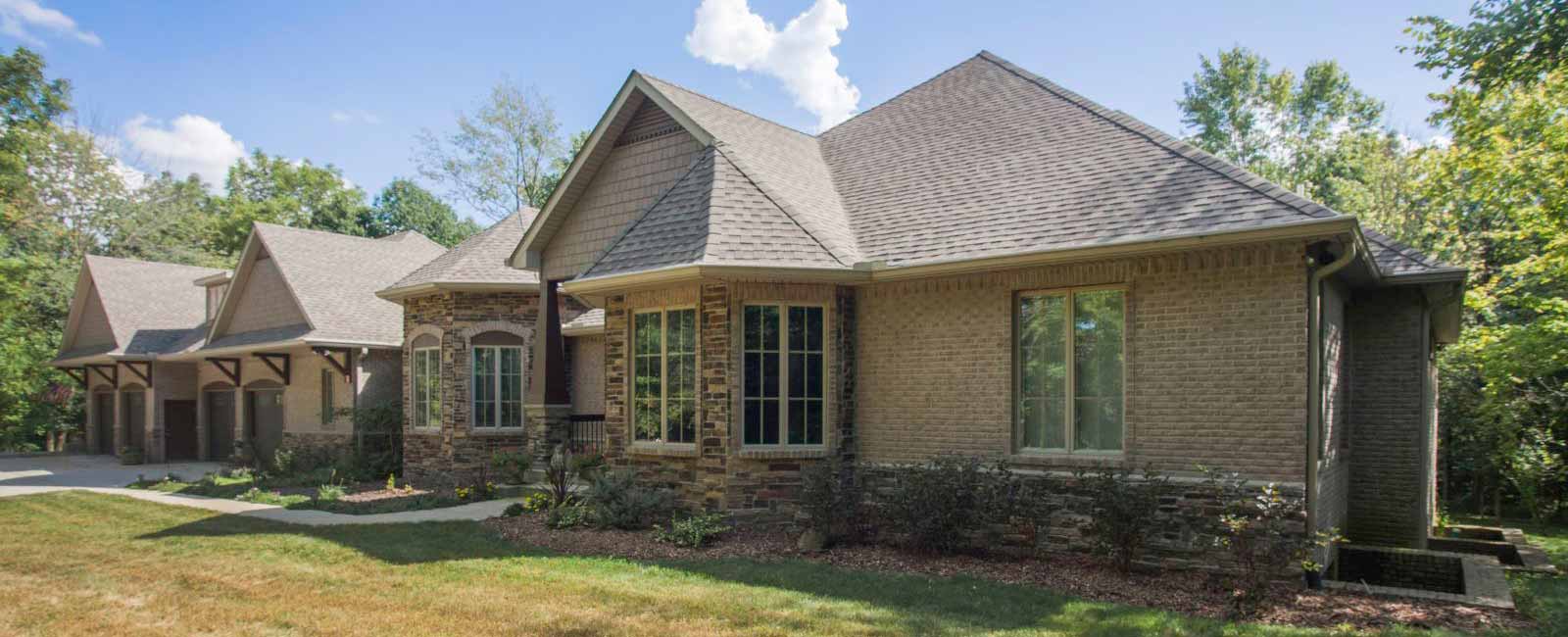
Our Tips to Create a House You Can Call Home
When looking for custom design tips for your dream home, the first thing you should consider is the paint! Paint should tie everything together not be the thing that defines the room! Categorize colors as light, medium or dark. Your color palette in each room should have some of each category to give the room depth and make it pleasing to the eye.
The idea of cool and warm colors is a component of the color theory, which explains the visual and emotional effects of combining different colors. On a color wheel, cool colors are on one side and warm colors are on the other. Purple and green are placed closest to the warm colors. This means they can be mixed with other colors to create warm tones, depending on which color in the mix is more dominant. Using different color combinations is a way to create different visual effects. Once you choose a color, use the color wheel to determine which colors work together. Two colors directly across from each other, a triangle of colors, and even a quadrangle of colors will give you a room that will “pop”.
- Warm Colors
Red, Orange and Yellow tend to energize, enhance the senses, and encourage activity. They often work well in living rooms and dining rooms. The idea of cool and warm colors is a component of the color theory, which explains the visual and emotional effects of combining different colors. In contrast, warm colors, including red, yellow and orange, are loud and overpowering. They have a higher saturation and are used to make things stand out or to make a statement. - Cool Colors
Blue, green and purple – Gives you a sense of a calm and soothing effect. Cool colors like blue, green and purple create a relaxing environment and do not overpower other colors or over-stimulate the human mind. They give the impression of receding in space, so they are used to make scenes appear larger, especially in interior design. Because they are calming, they work well as background colors or for creating placid scenes in art such as calm water or a blue sky. - Neutrals Colors
Gray, Black, White, Brown or muted versions of colors tend to feel subdued. You may want to incorporate hues of then into private areas or rooms designed for quiet areas. Earth tones complement most all colors.
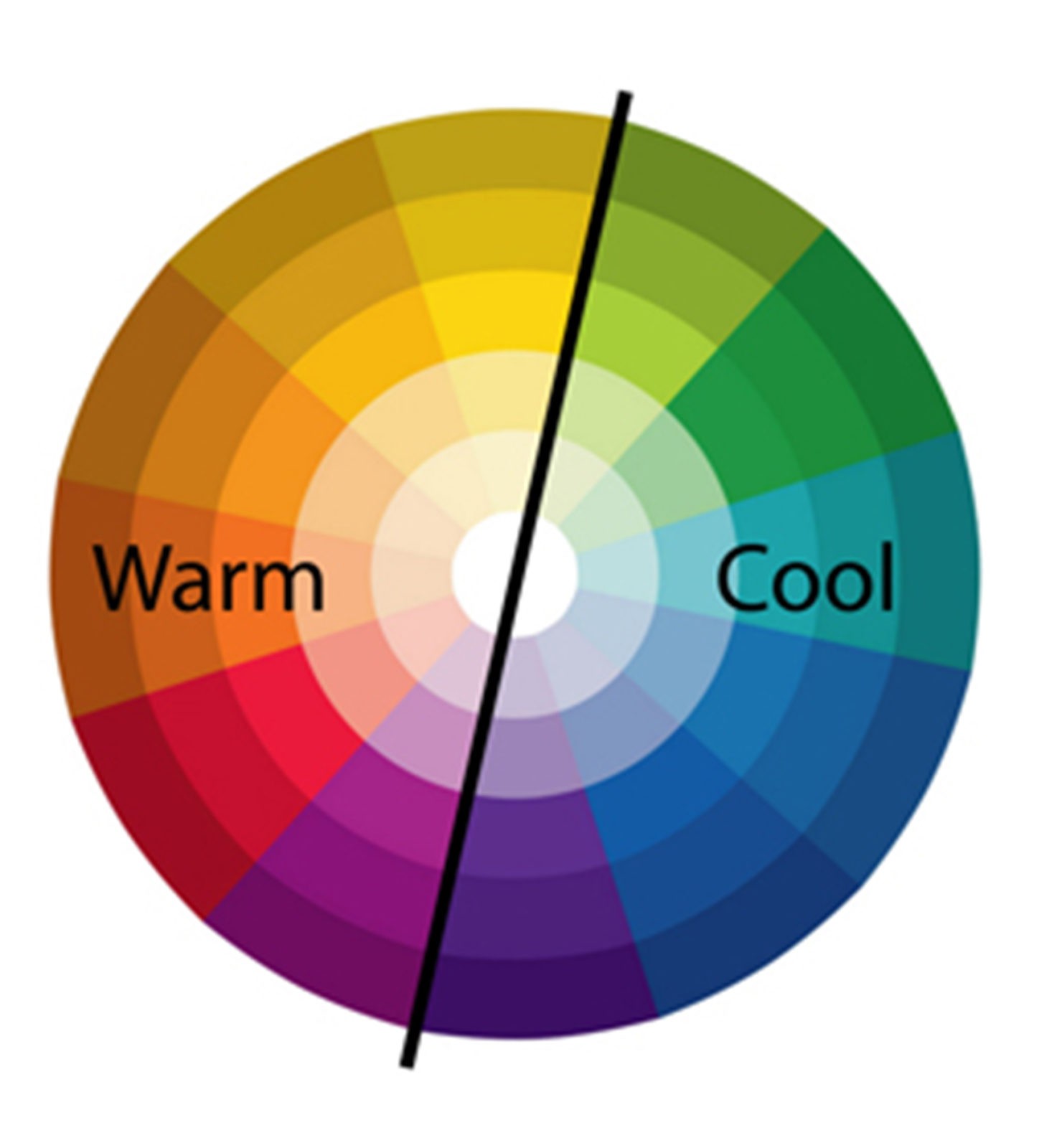
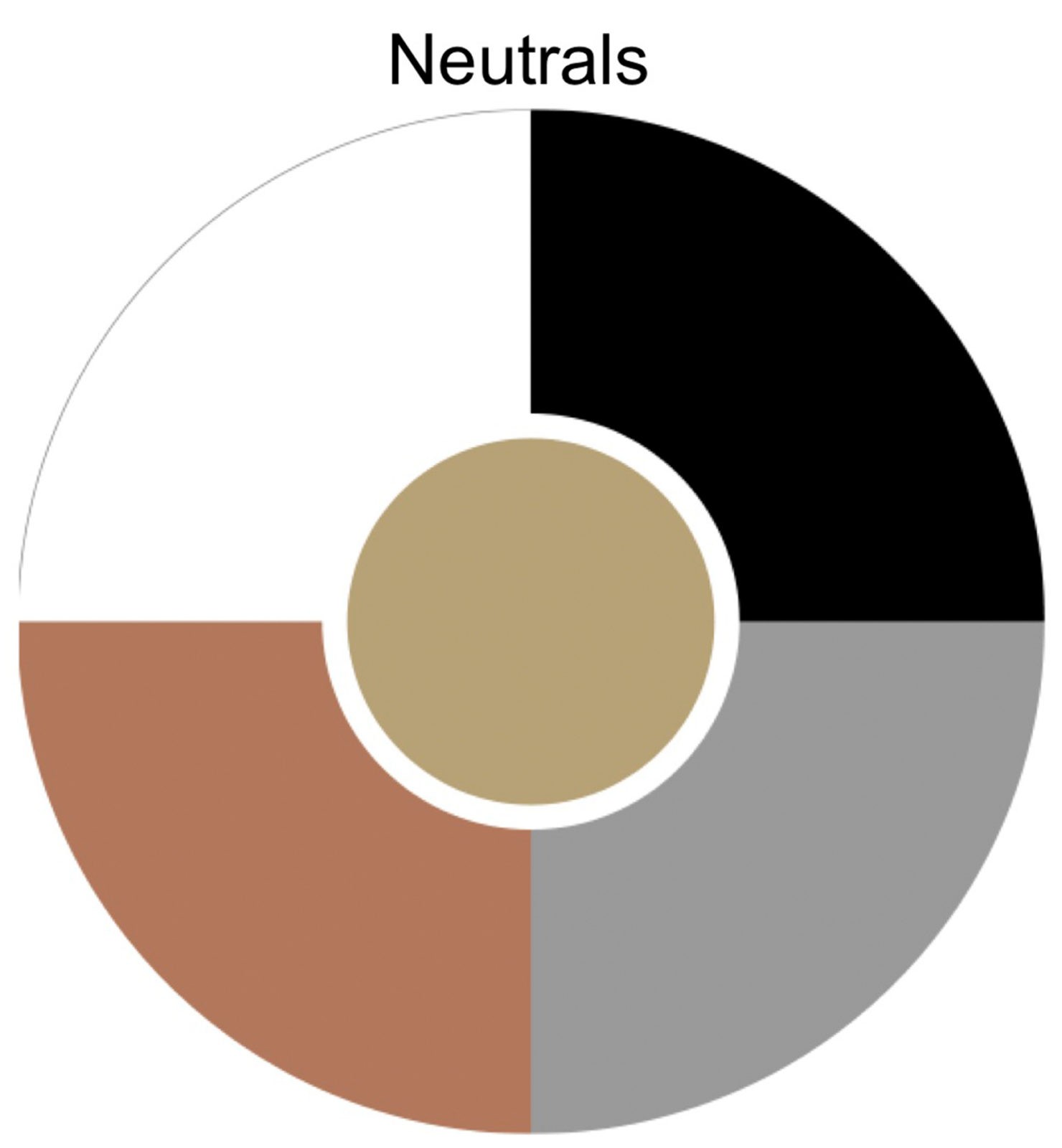
Lighting
Good lighting makes your home look at it’s best. There are 4 different types of lighting to layer for illumination. Each one of these belongs in every room of the house.
- Ambient Light
It is indirect light that broadly and evenly illuminates rooms. This type if light includes pendants, torchieres, and opaque sconces. Also to bounce light upward, use overhead fixtures and cove lighting in cabinets. - Task Lighting
Spotlight your work areas. They may include desk lamps, reading lamps and under counter lights. - Accent Lighting
It adds depth and dimension while it highlights art and architecture. Look for track lighting, puck and adjustable recessed lights. - Decorative Light
It not only adds architectural bling and visual sparkle but humanizes oversize rooms to make them feel cozier. Look for chandeliers and pretty lamps with linen shades.
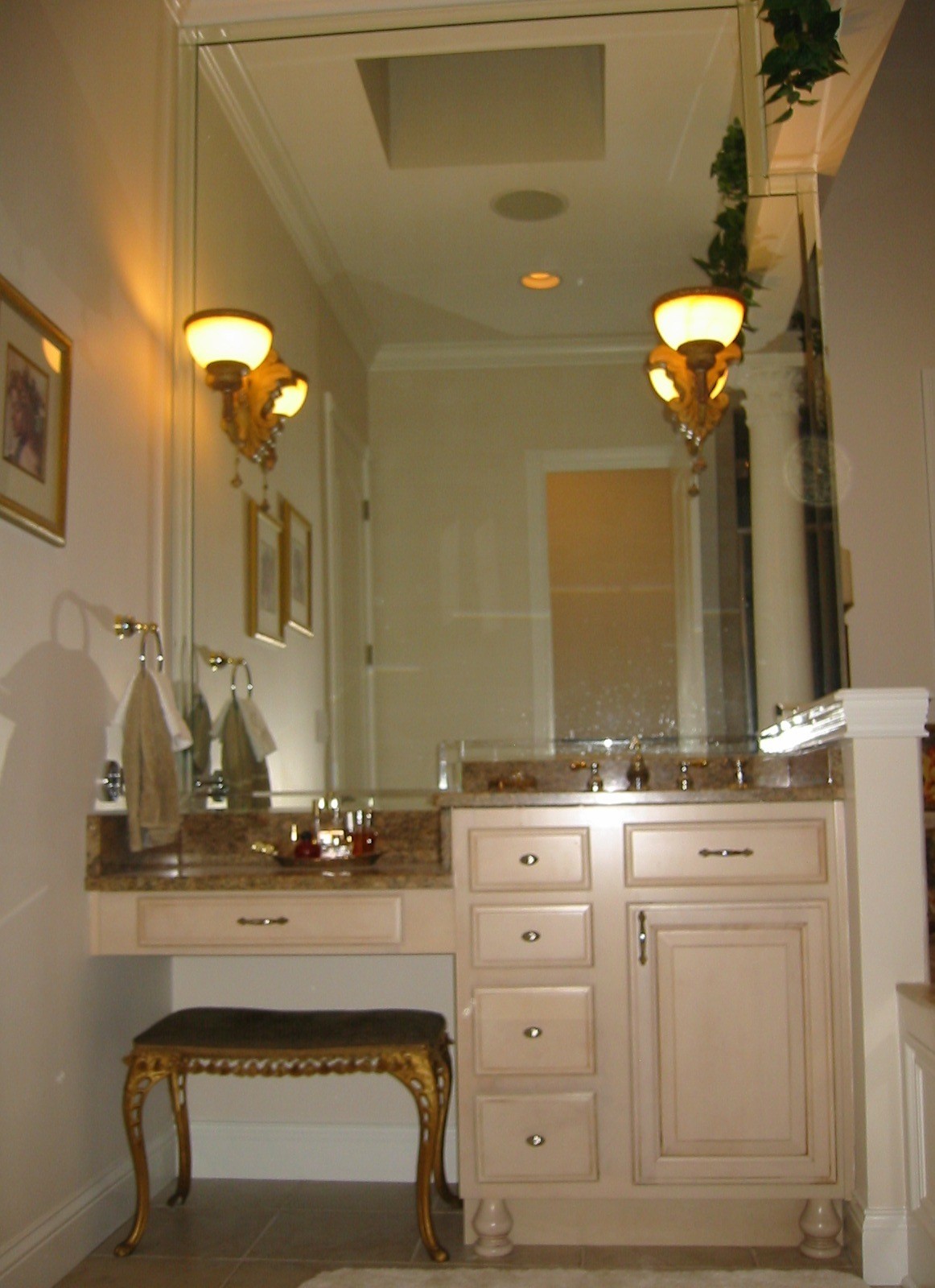
Trends
As an interior designer I can say that “Trendy” things, traditions and colors come and go. One thing that I have found is that not everything has to match. The trend is a mixture of textures and finishes. This blending of woods, metals, stone colors and decor helps to make your home unique to you. Accessories make a statement about the person living there. A sofa is a sofa, but accent pieces make a room much more interesting and inviting. Use unique pieces like old trunks with leather straps, heavy hardware with painted carvings. Stone urns, plaster statues, large metal artwork, and glass objects or mosaics will make the eye travel about the room. Try woods like Bamboo, Reclaimed wood, heavy wood grains, raw Cedar, Amboyna Burl, and Cork for a jaw dropping look.
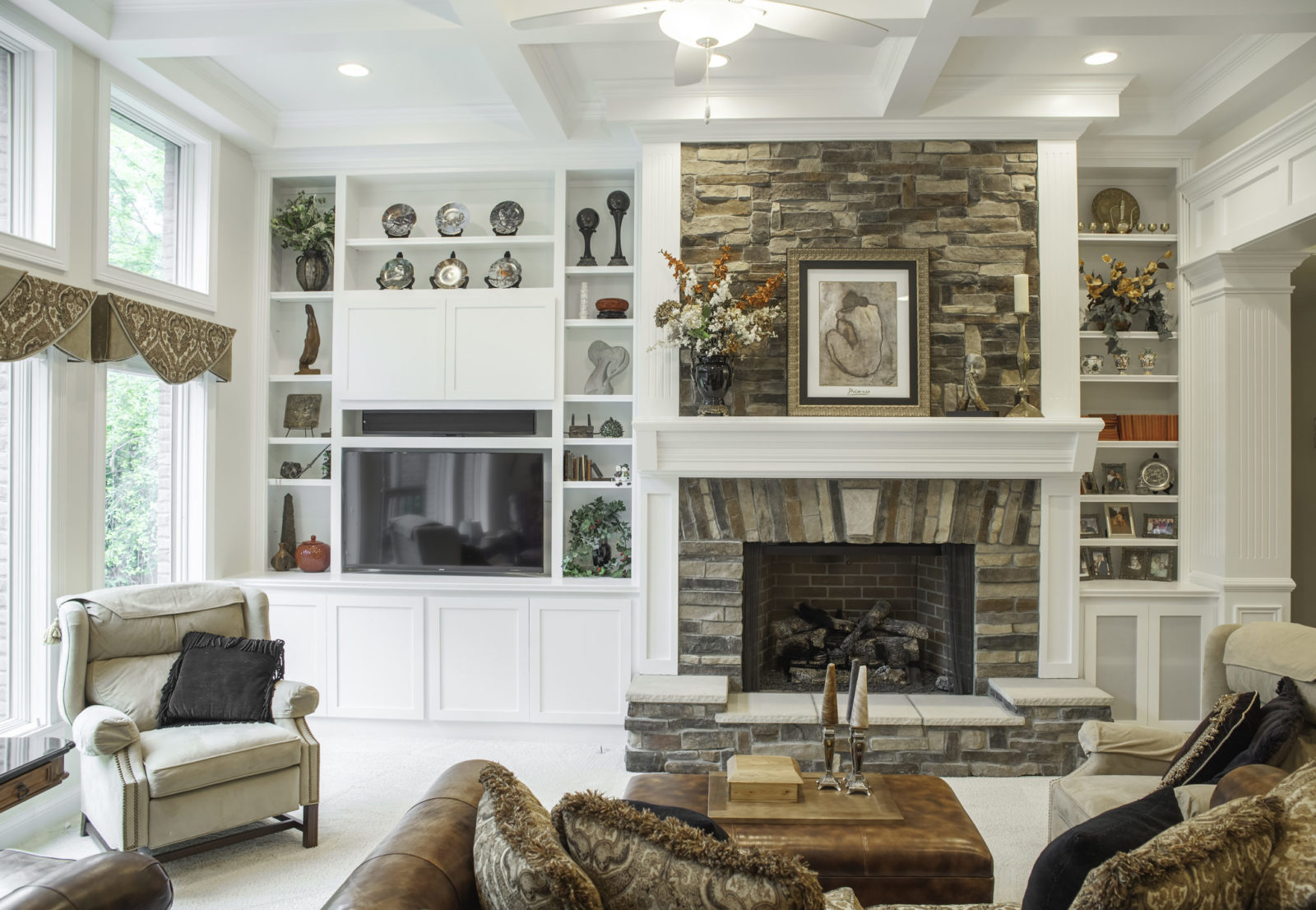
Home Certifications Currently Available:
- Energy Star Compliance
- NAHB National Green Building Program
- LEED (Bronze, Silver, Gold, and Platinum)
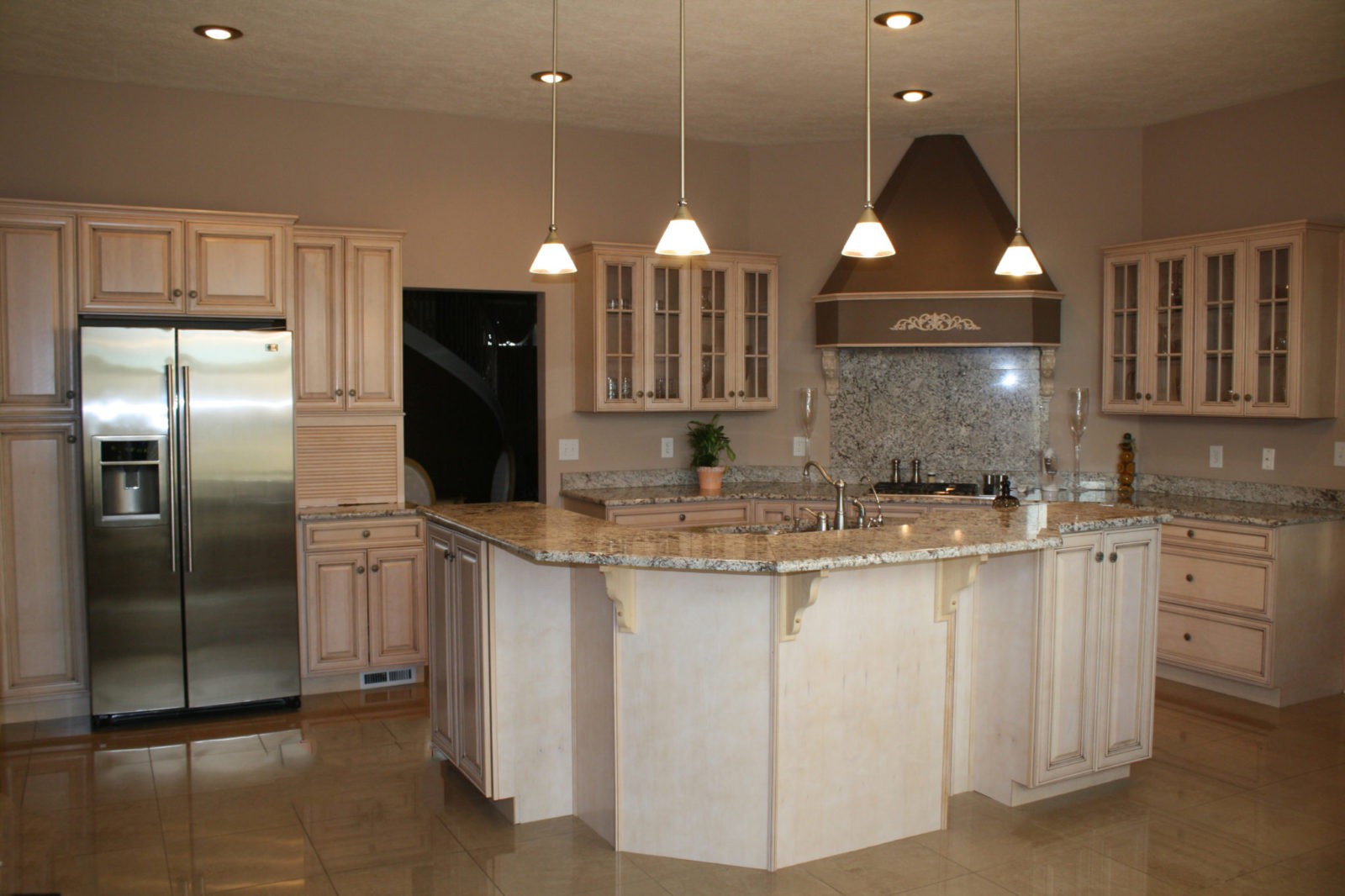
Client Testimonials
Ready To Get Started?
Schedule your Free Consultation Now!
